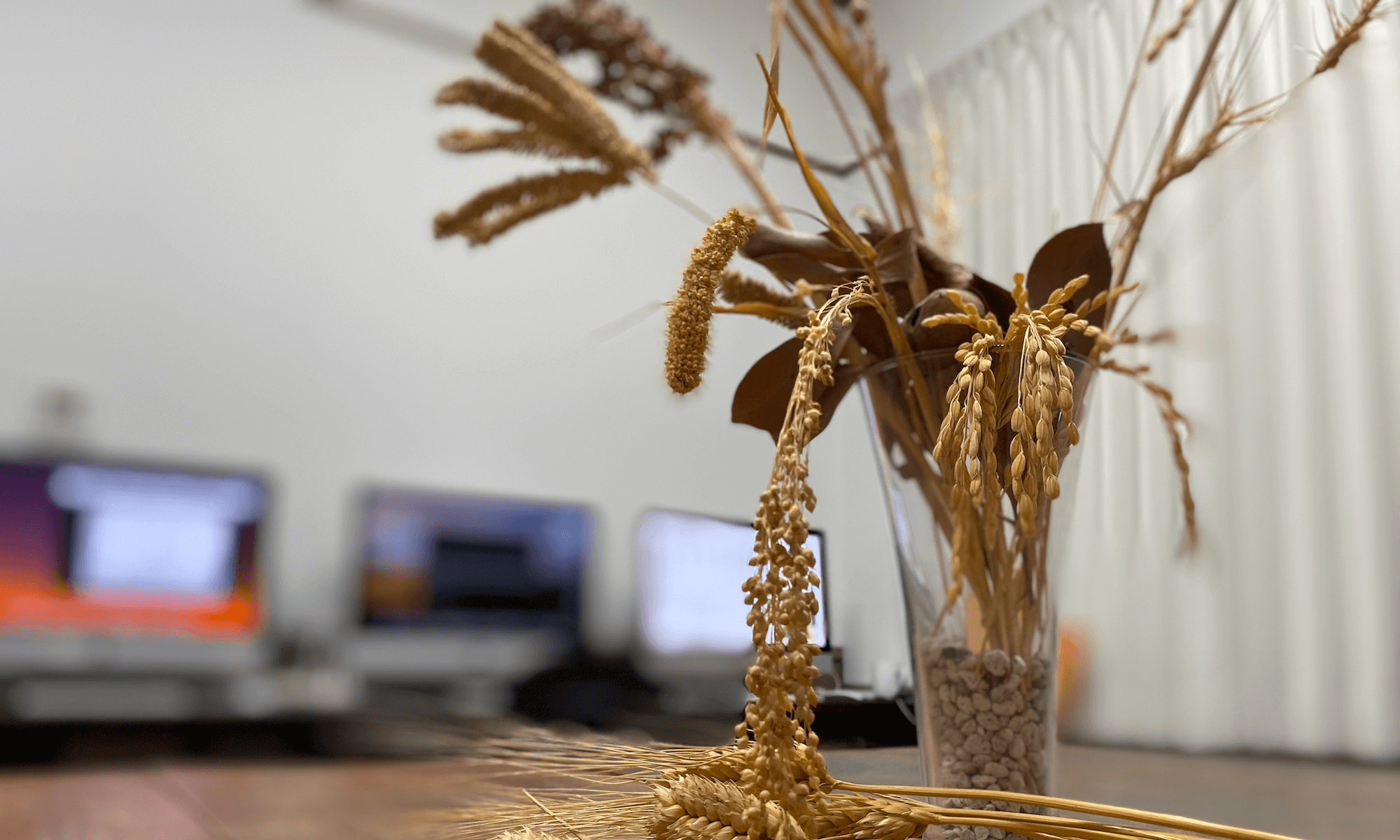2022年8月29日付の毎日新聞夕刊(東京・大阪)およびオンライン版で、当研究室のコムギ遺伝資源の系統保存を取り上げていただきました。
コムギ遺伝資源(種子コレクション)の来歴、系統保存作業の内容、遺伝資源保存の意義、ナショナル・バイオリソース・プロジェクト(NBRP)をわかりやすく紹介してくださっています。
また、農研機構のジーンバンク事業も一緒に紹介されています。
毎日新聞の記事: ウクライナ侵攻で被害の遺伝子銀行 貴重な種子、後世へつなぐ

京都大学 農学研究科 栽培植物起原学分野
2022年8月29日付の毎日新聞夕刊(東京・大阪)およびオンライン版で、当研究室のコムギ遺伝資源の系統保存を取り上げていただきました。
コムギ遺伝資源(種子コレクション)の来歴、系統保存作業の内容、遺伝資源保存の意義、ナショナル・バイオリソース・プロジェクト(NBRP)をわかりやすく紹介してくださっています。
また、農研機構のジーンバンク事業も一緒に紹介されています。
毎日新聞の記事: ウクライナ侵攻で被害の遺伝子銀行 貴重な種子、後世へつなぐ
Kourelis, J., & Adachi, H. (2022). Activation and Regulation of NLR Immune Receptor Networks. Plant and Cell Physiology, pcac116. https://doi.org/10.1093/pcp/pcac116
Plants have many types of immune receptors that recognize diverse pathogen molecules and activate the innate immune system. The intracellular immune receptor family of nucleotide-binding domain leucine-rich repeat–containing proteins (NLRs) perceive translocated pathogen effector proteins and execute a robust immune response, including programmed cell death. Many plant NLRs have functionally specialized to sense pathogen effectors (sensor NLRs) or to execute immune signalling (helper NLRs). Sub-functionalized NLRs form a network-type receptor system known as the NLR network. In this review, we highlight the concept of NLR networks, discussing how they are formed, activated, and regulated. Two main types of NLR networks have been described in plants: the ADR1/NRG1 network and the NRC network. In both networks, multiple helper NLRs function as signalling hubs for sensor NLRs and cell surface–localized immune receptors. Additionally, the networks are regulated at the transcriptional and posttranscriptional levels, as well as being modulated by other host proteins to ensure proper network activation and prevent autoimmunity. Plant pathogens in turn have converged on suppressing NLR networks, thereby facilitating infection and disease. Understanding the NLR immune system at the network level could inform future breeding programs by highlighting the appropriate genetic combinations of immunoreceptors to use while avoiding deleterious autoimmunity and suppression by pathogens.
次の論文をPublicationリストに追加しました。
Shimizu, M., Hirabuchi, A., Sugihara, Y., Abe, A., Takeda, T., Kobayashi, M., Hiraka, Y., Kanzaki, E., Oikawa, K., Saitoh, H., Thorsten, L., J, B. M., Sophien, K., & Ryohei, T. (2022). A genetically linked pair of NLR immune receptors shows contrasting patterns of evolution. Proceedings of the National Academy of Sciences, 119(27), e2116896119. https://doi.org/10.1073/pnas.2116896119
Shimizu, M., Hirabuchi, A., Sugihara, Y., Abe, A., Takeda, T., Kobayashi, M., Hiraka, Y., Kanzaki, E., Oikawa, K., Saitoh, H., Thorsten, L., J, B. M., Kamoun, S. & Terauchi, R. (2022). A genetically linked pair of NLR immune receptors shows contrasting patterns of evolution. Proceedings of the National Academy of Sciences, 119(27), e2116896119. https://doi.org/10.1073/pnas.2116896119
Throughout their evolution, plant nucleotide-binding leucine-rich-repeat receptors (NLRs) have acquired widely divergent unconventional integrated domains that enhance their ability to detect pathogen effectors. However, the functional dynamics that drive the evolution of NLRs with integrated domains (NLR-IDs) remain poorly understood. Here, we reconstructed the evolutionary history of an NLR locus prone to unconventional domain integration and experimentally tested hypotheses about the evolution of NLR-IDs. We show that the rice (Oryza sativa) NLR Pias recognizes the effector AVR-Pias of the blast fungal pathogen Magnaporthe oryzae. Pias consists of a functionally specialized NLR pair, the helper Pias-1 and the sensor Pias-2, that is allelic to the previously characterized Pia pair of NLRs: the helper RGA4 and the sensor RGA5. Remarkably, Pias-2 carries a C-terminal DUF761 domain at a similar position to the heavy metal–associated (HMA) domain of RGA5. Phylogenomic analysis showed that Pias-2/RGA5 sensor NLRs have undergone recurrent genomic recombination within the genus Oryza, resulting in up to six sequence-divergent domain integrations. Allelic NLRs with divergent functions have been maintained transspecies in different Oryza lineages to detect sequence-divergent pathogen effectors. By contrast, Pias-1 has retained its NLR helper activity throughout evolution and is capable of functioning together with the divergent sensor-NLR RGA5 to respond to AVR-Pia. These results suggest that opposite selective forces have driven the evolution of paired NLRs: highly dynamic domain integration events maintained by balancing selection for sensor NLRs, in sharp contrast to purifying selection and functional conservation of immune signaling for helper NLRs.